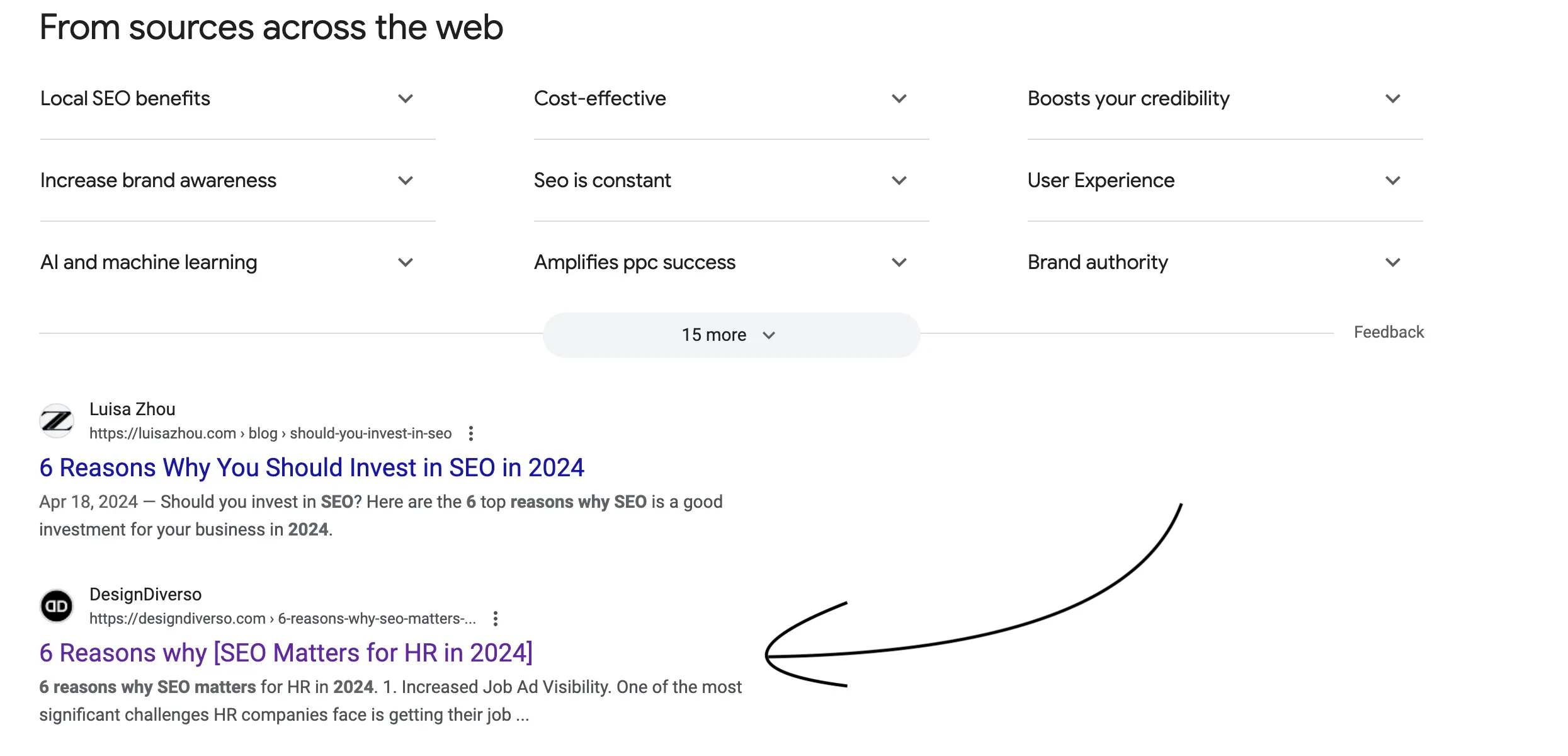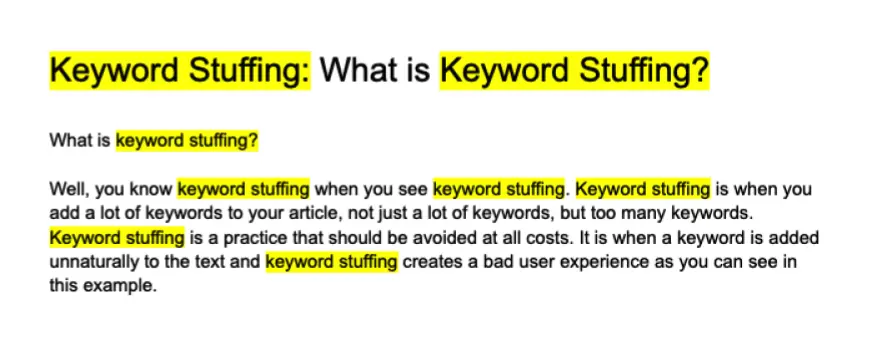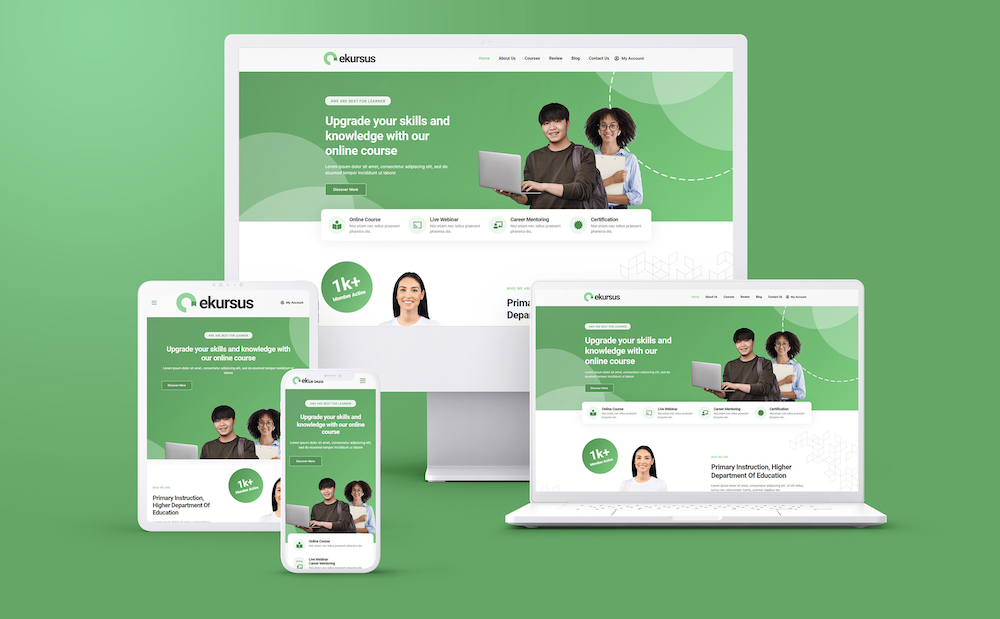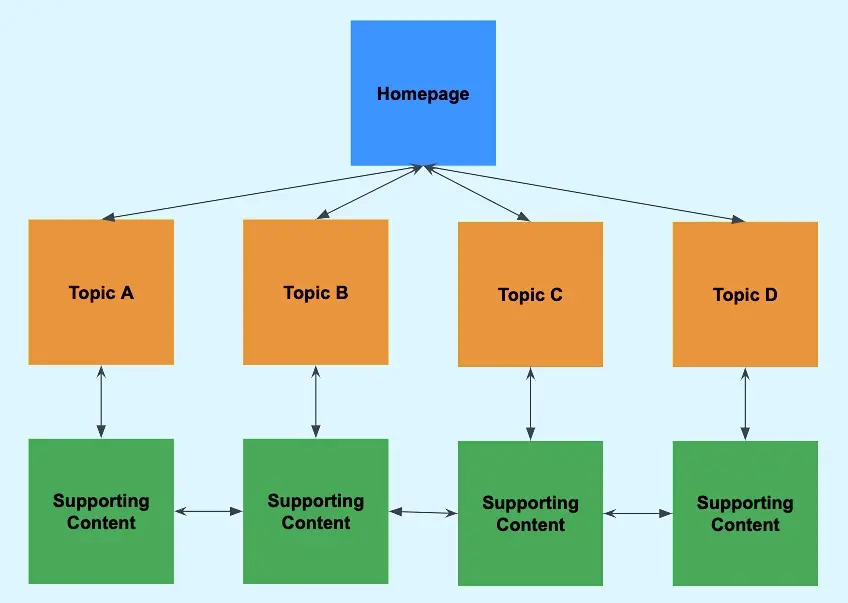Animation videos are a big hit with the masses.
Ever since the conception of video pitching, animation videos have taken the virtual world by the storm, relegating textbook pitches to a mere “second” position. Animation has now spread its tentacles deep into the world of business. How?
Every business needs to market itself to the outside world, in order to stay in competition and businesses resort to using animation to create explainer videos for their business. An explainer video is nothing but a 1-2 minute narrative that explains your business and the products/services you deal with. It is a replacement for a pitch and helps you reach a wider audience courtesy the simplicity of video-based narration.
There are endless ways to create your animated video, yet whiteboard animation is the thing that stands out from the rest. What makes it so popular? We discuss it in this blogpost as we highlight the benefits of using them in business.
1. Specific messaging
Unlike a character-driven video that often takes the focus away from the real message, a whiteboard animation video has a specific message that it carries without overwhelming it with a lot of jing-bang! A whiteboard animation video is written with the intent of delivering the message in an uncluttered and clear form.
2. They can be put up anywhere
Because a whiteboard animation video assumes a simple final-format, it can be placed anywhere. Whiteboard animation allows great flexibility for marketing and can be placed directly on your homepage, or embedded anywhere else on your website.
3. Fun and memorable quotient
A whiteboard animation features a hand holding a pencil, because of which, it becomes an instant “pull” for the audience. Whiteboard animation allows you to add a fun quotient to it, making your message more memorable; and if your message is memorable, your video has served its purpose!
4. Extremely engaging
Whiteboard Animation is commonly known as Video Scribing, according to a recent study is known to boost engagement levels. If the study is to be believed, an animation video (whiteboard) is proven to be close to 800% more engaging than viewing words written on the screen. Enough reasons for you to apply video marketing? I’d presume so! If you don’t have an in-house team for creating your video, you can rope in the services of professionals. There are animation video companies in Delhi that can help you relay your message to your audience, in a crisp and concise manner. This post essentially highlights the benefits of using whiteboard animation videos as an integral part of the marketing strategy.







